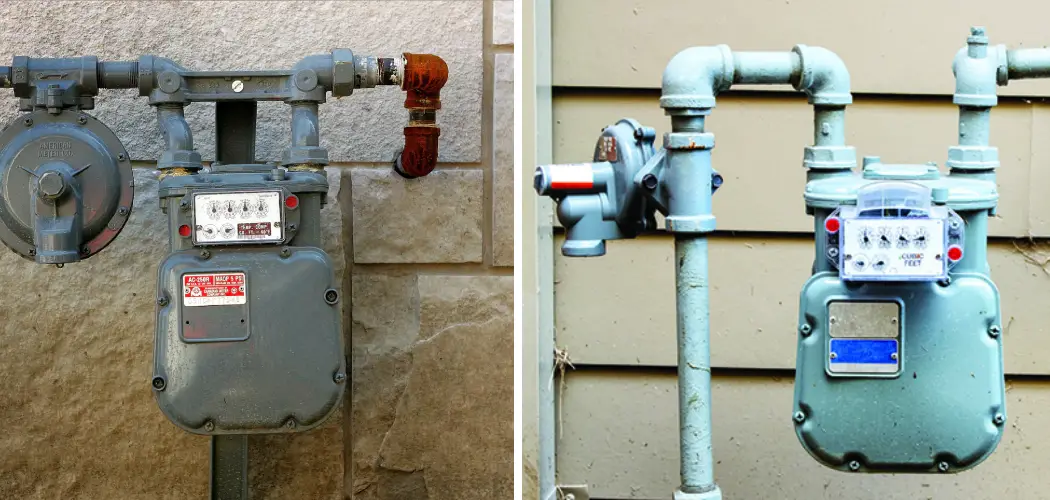Gas meter locks are critical in safeguarding gas meters, ensuring that only authorized personnel can access them.
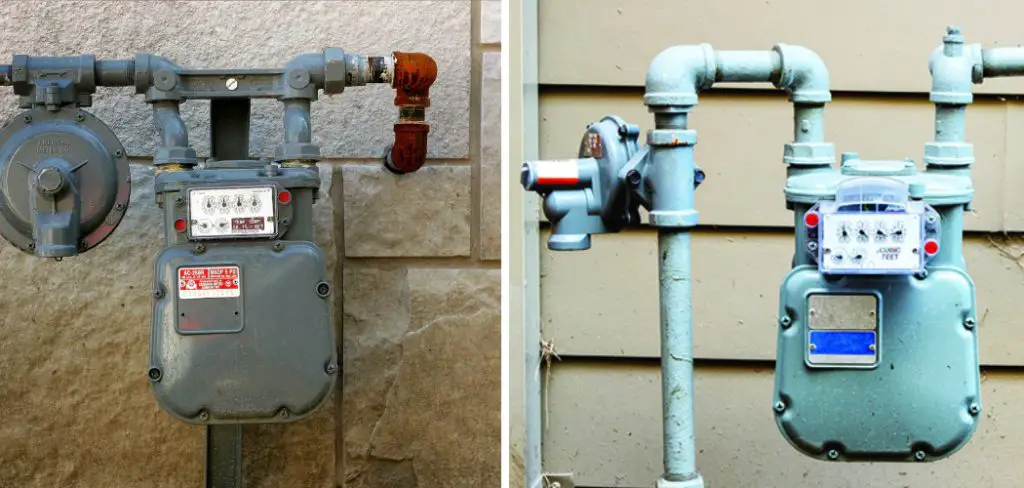
Utility companies employ these locks primarily to prevent tampering, protect against unauthorized usage, and maintain compliance with safety regulations. Properly unlocking a gas meter lock is crucial, as incorrect handling may lead to unsafe situations, including gas leaks or compromised security.
This article aims to provide a comprehensive guide on how to unlock a gas meter lock safely and effectively. It outlines the necessary tools and preparations, detailed unlocking procedures, and the importance of knowing when to call a professional for assistance. By following these guidelines, individuals can adhere to best practices while minimizing risks associated with gas meter access.
Understanding Gas Meter Locks
Gas meter locks are vital components in maintaining the integrity and security of gas meters. They come in various forms and serve essential purposes, primarily designed to restrict access and prevent tampering. This section will cover the types of gas meter locks commonly used and the reasons for locking gas meters.
Types of Gas Meter Locks
- Padlocks: Padlocks are commonly employed on gas meters due to their straightforward design and ease of use. Typically made of robust materials, these locks can withstand tampering attempts. They often feature a shackle that secures the lock through a loop built into the meter casing.
- Lock Boxes: In some cases, gas meters are housed within lock boxes or enclosures, providing an additional layer of security. These lock boxes are constructed from durable materials, often bolted to the ground or wall, making unauthorized access even more challenging. Their design usually includes reinforced hinges and a secure locking mechanism.
- Specialized Locks: Utility companies may also implement specialized locks that are unique to their operations. These locks can be more complex in design and may require specialized keys or tools to open, enhancing security and reducing the risk of tampering.

Reasons for Locking Gas Meters
- Safety and Security: Gas meters are locked primarily to prevent tampering and unauthorized access, which can pose significant safety hazards. Restricting access decreases the chances of potential gas leaks or improper usage.
- Regulatory Compliance: Locking gas meters ensures compliance with local safety regulations designed to protect both the public and utility companies. These regulations are in pthe public and utility companies. These regulations ace to prevent illegal gas use, ensure safety standards are met, and protect against liability issues that may arise from unauthorized access.
Tools and Preparations
Tools Needed
Several essential tools are required to unlock a gas meter lock successfully. Firstly, you’ll need the correct key or combination for the specific lock type. Having the appropriate key handy is crucial if you’re dealing with a traditional padlock. For combination locks, ensure you have the right sequence readily available.
Additional tools such as wrenches or pliers may be necessary, particularly if the lock is secured with a fastening mechanism that requires manipulation. It’s also advisable to wear safety gear, including safety gloves and appropriate eye protection, as these protect you from any unforeseen accidents during the unlocking process.
Preparation Steps
Before attempting to unlock a gas meter lock, confirm that you are entitled to access the meter. Verify Access Rights to ensure you possess the necessary authorization, as unauthorized access could lead to safety violations or legal repercussions. Next, take a moment to check the lock type. Identifying the specific lock mechanism at play is essential, as it will guide your approach.
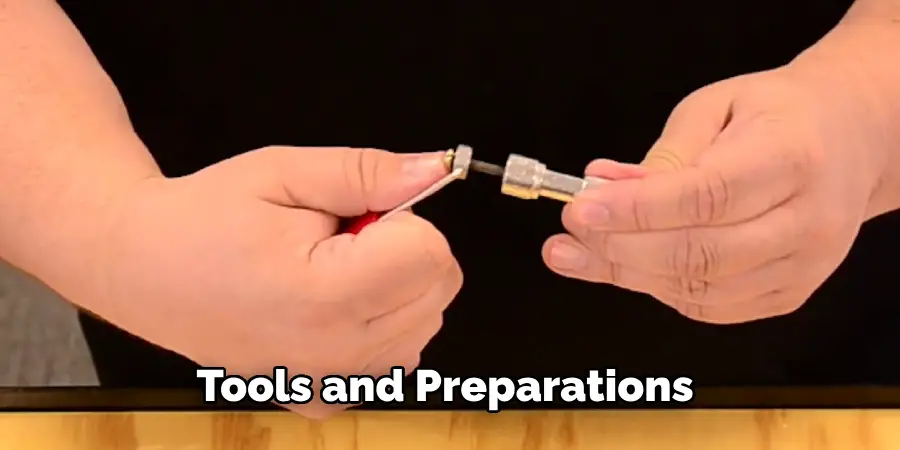
Ensure that you have the correct key or combination available for unlocking. Being well-prepared facilitates the unlocking process and ensures compliance with safety standards and regulations.
How to Unlock a Gas Meter Lock: Unlocking the Gas Meter Lock
Step 1: Locate the Lock and Gas Meter
Finding the gas meter is the first step in accessing it. Typically, gas meters are located outside the home or building, mounted on the exterior wall, or within a designated meter box in gardens or driveways. Look for a rectangular or circular device with a glass window displaying the meter’s readings.
Once you locate the gas meter, closely examine the lock securing it. Note the type of lock in place—whether it’s a padlock, combination lock, or specialized lock. Pay attention to any unique features, such as additional security mechanisms or unusual shapes, as this information will be crucial for the unlocking process.
Step 2: Using the Correct Key or Combination
Depending on the type of lock secured on the gas meter, the method for unlocking it will differ. For a padlock, begin by inserting the correct key into the lock. Ensure that the key is fully inserted, then gently turn the key clockwise until you feel a click, indicating that the lock has disengaged. Once unlocked, carefully pull the padlock’s shackle upwards to remove it from the gas meter.
In the case of a combination lock, first, ensure you have the correct combination. Turn the dial to the right to the first number, then turn it to the left past the first number to reach the second number, and finally turn it right again to the last number. After entering the combination, you’ll typically feel the lock release. Gently pull the locking mechanism to unlock it completely.
Step 3: Removing and Replacing the Lock
Once the lock is successfully disengaged, you can proceed to remove it from the gas meter. Carefully lift the lock off its securing point, taking special care not to exert excessive force that could damage the meter or its housing. If the lock is being removed for maintenance or inspection, monitor any part that may fall or get lost. If necessary, and if the lock is damaged or needs replacement, select a new lock suitable for the gas meter type.
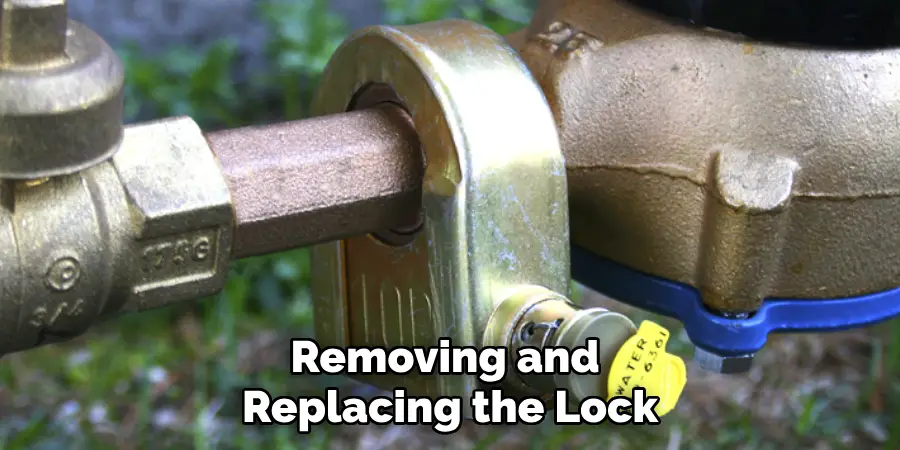
To secure the new lock, simply align it with the designated area on the gas meter and insert the shackle. If you’re using a padlock, insert the key, turn it, and ensure it clicks securely into place. For a combination lock, after placing it, make sure to test the lock again to confirm it is functioning correctly. Maintaining proper locking procedures ensures the security of the gas meter and compliance with safety regulations.
When to Call a Professional
Complex or Malfunctioning Locks
If you encounter a gas meter lock that is overly complex or appears to be malfunctioning, it’s crucial to seek professional assistance. Attempting to unlock or manipulate a malfunctioning lock can lead to further damage to the lock itself and potentially to the gas meter. Professionals have the experience and tools necessary to assess the situation safely and efficiently.
If you are unsure of how to proceed or the lock mechanism does not respond as it should, it’s always best to err on caution. Calling an expert ensures that you avoid unnecessary risks, particularly in situations involving safety and gas systems. They can determine if the lock needs repair or replacement and provide appropriate solutions while minimizing any potential hazards.
Emergency Situations
There are specific scenarios where immediate professional assistance becomes crucial. For instance, if you notice signs of tampering or damage to the lock or if you suspect a gas leak, it’s imperative to contact a qualified professional without delay. Resolving such issues cannot be overstated in emergencies, as they can pose serious safety risks to you and others around you.
Trained professionals not only ensure the lock is handled properly but also have the skills to manage any underlying safety concerns that may arise during the process.
Regulatory and Safety Compliance
Adhering to local regulations and utility company policies is paramount when dealing with gas meter locks. These regulations are often put in place to guarantee public safety and prevent illegal activities related to gas usage. Engaging a professional ensures compliance with these rules, as they are familiar with the legalities involved in gas meter access and maintenance.
Hiring certified professionals who are trained to handle gas meter issues is advisable. These experts conduct their work safely, following all relevant regulations, and can provide peace of mind knowing that your gas meter is secure and compliant with safety standards.
Safety Precautions
Handling Gas Equipment
Safety first: When dealing with gas equipment, it is vital to adhere to safety procedures to prevent accidents. Always avoid actions that might create sparks or cause gas leaks, such as using tools that generate heat near the gas meter. Proper ventilation is essential; ensure the workspace is well-ventilated to prevent gas accumulation, especially when accessing or servicing the meter.
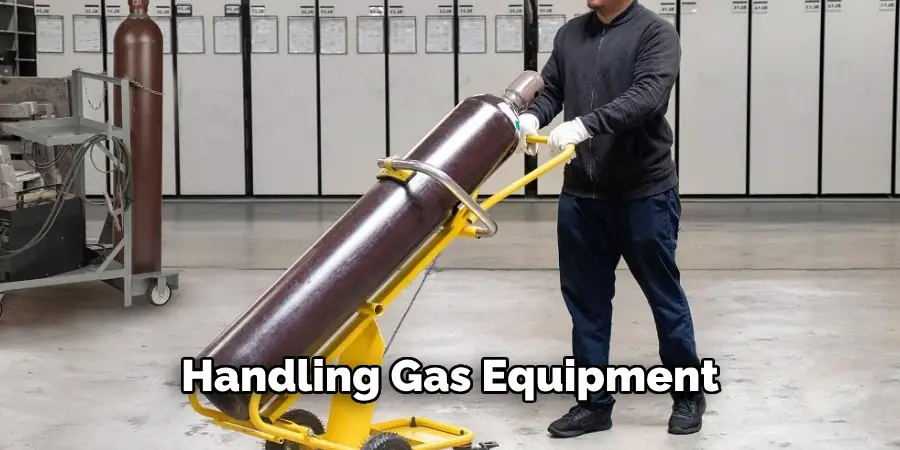
Emergency Procedures
In case of a gas leak, immediately evacuate the area, ensuring that everyone is safe and away from potential danger. Do not turn on or off any electrical devices, and avoid creating sparks. Once safely outside, contact emergency services right away. Additionally, report any irregularities or issues to your gas utility company for prompt investigation and resolution, as swift action can significantly mitigate risks associated with gas leaks.
Conclusion
In summary, understanding how to unlock a gas meter lock involves several key steps and important considerations. Start with proper tool preparation to ensure you have the necessary equipment. Follow the unlocking procedures outlined, whether using a key or combination method and always be vigilant about the lock’s condition throughout the process.
If you encounter any complex mechanisms or malfunctioning locks, seeking professional help is critical to avoid further complications. The importance of safety cannot be overstated; always adhere to best practices when handling gas equipment to prevent accidents. Remember to maintain proper ventilation and be aware of emergency procedures in case of a gas leak. Lastly, ensure you comply with local regulations and utility policies for gas meter access and maintenance.
By following these guidelines, you can ensure safe and efficient access to gas meters while safeguarding your well-being and adhering to safety standards.

